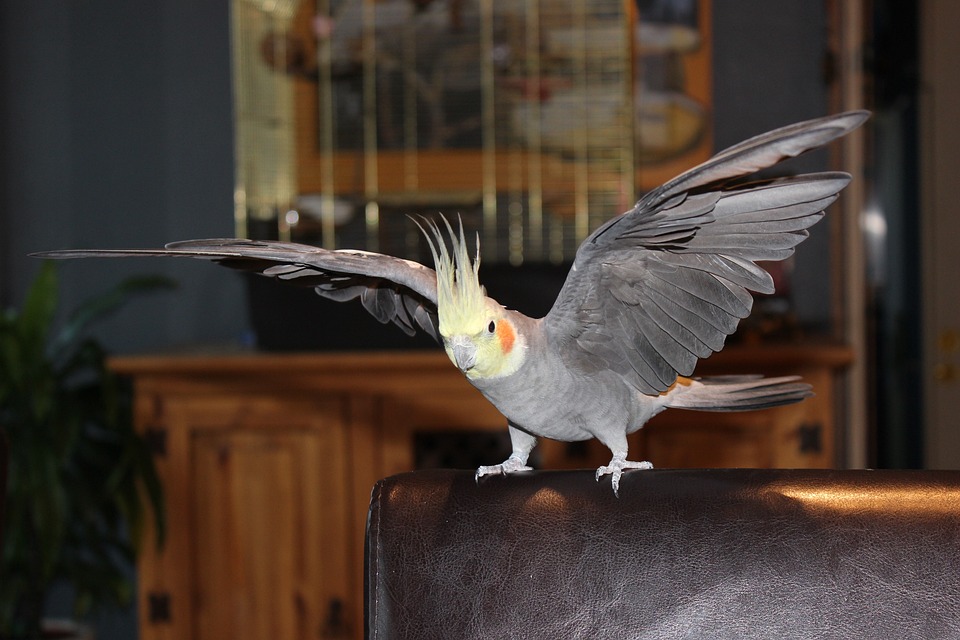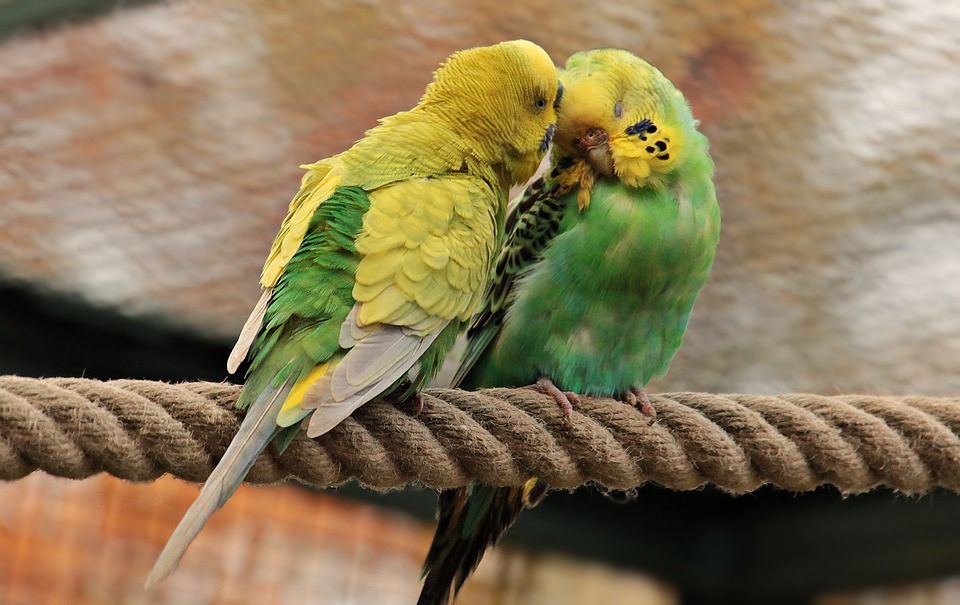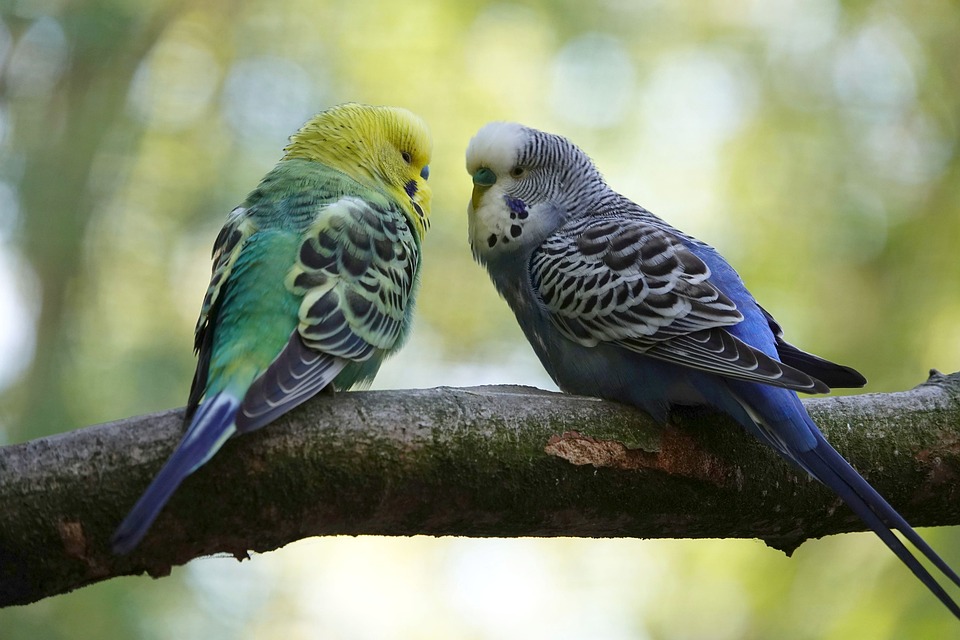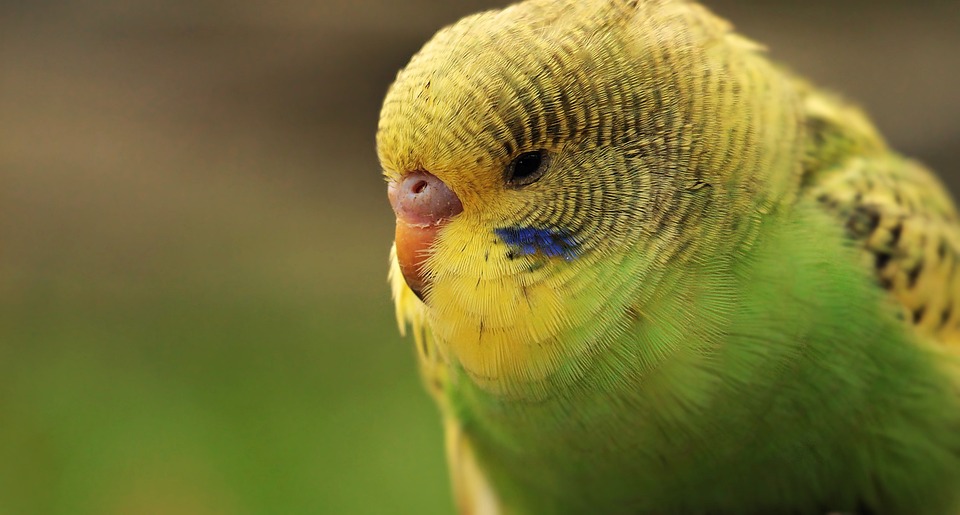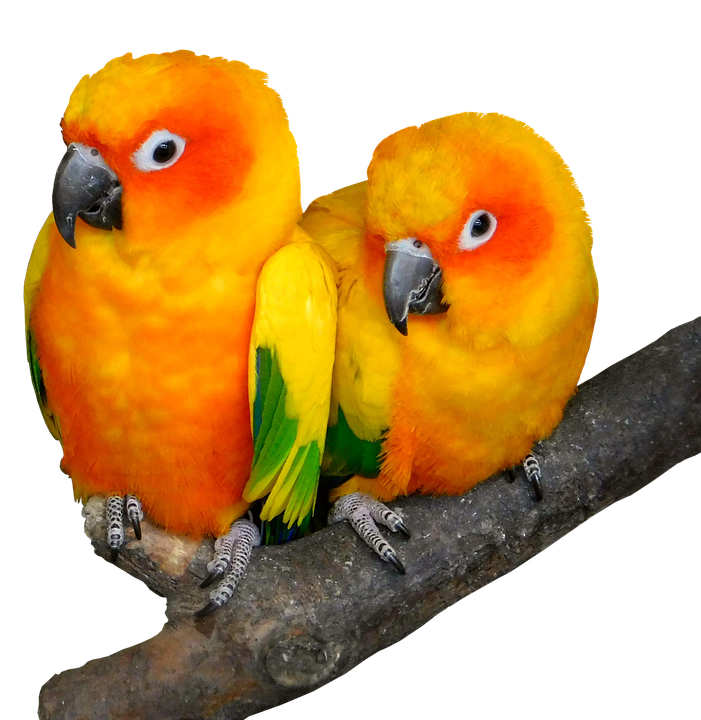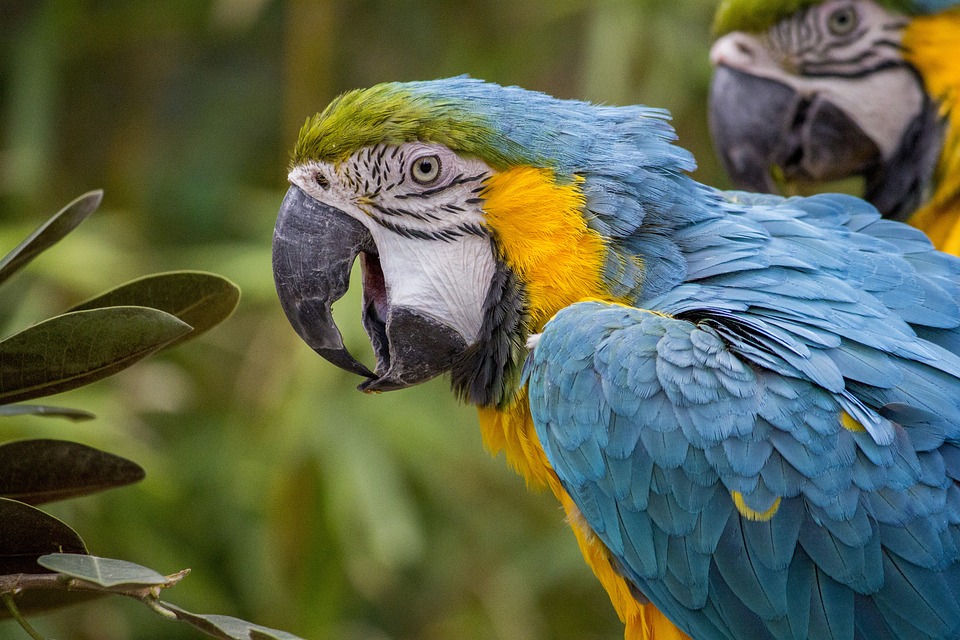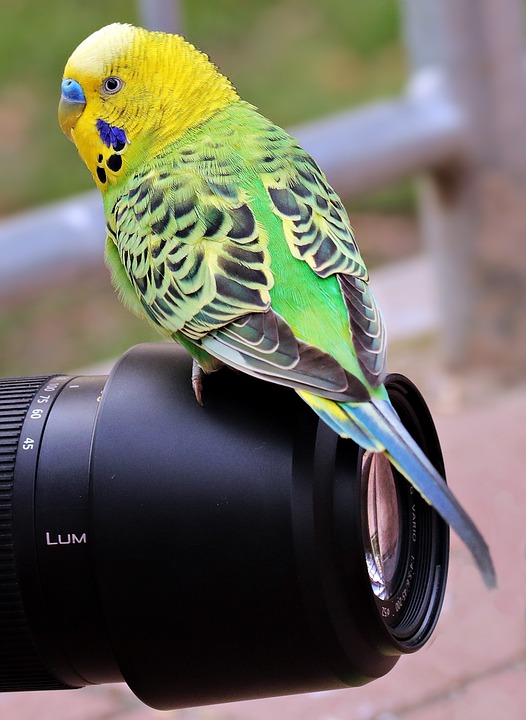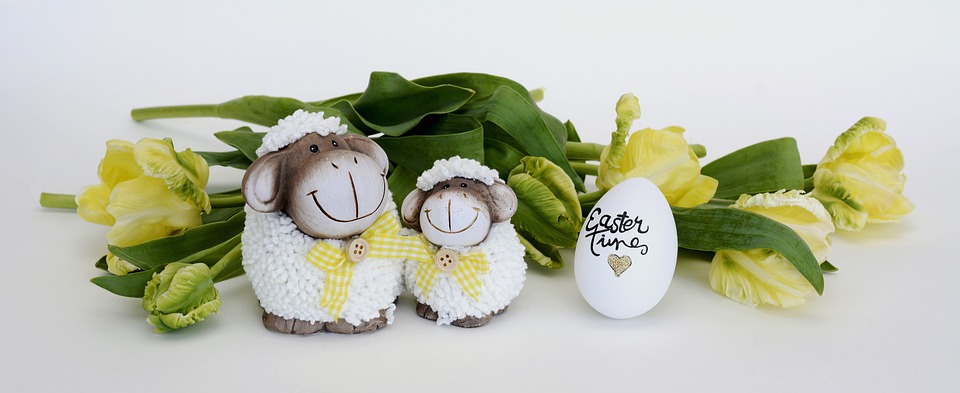Understanding Parrot Behavior: The Importance of Foraging Toys
Introduction:
As parrot owners, it is crucial for us to understand the behavior of these intelligent and social creatures. Parrots have complex needs and natural instincts that must be met in order to ensure their well-being. One way to promote their natural behavior is through the use of foraging toys. In this article, we will explore why understanding parrot behavior is important and how foraging toys play a significant role in meeting their needs.
I. Parrot Behavior: An Overview
Parrots are highly social creatures that exhibit a range of natural behaviors in the wild. These behaviors include foraging for food, flying, grooming, and socializing with other flock members. However, keeping parrots as pets presents challenges as their natural environment and social structure are altered. Understanding their behavior is crucial in order to provide an environment that meets their needs.
II. Importance of Foraging Toys for Parrots
A. Mimicking Natural Foraging Behavior
In the wild, parrots spend a significant amount of time foraging for food. Foraging toys are designed to stimulate these natural instincts, providing mental and physical exercise. By hiding food or treats inside these toys, parrots are encouraged to use their problem-solving skills to retrieve the rewards. This mimics their natural foraging behavior and keeps them mentally engaged.
B. Preventing Boredom and Destructive Behavior
Boredom can have negative effects on parrots, leading to destructive behaviors such as feather plucking and excessive screaming. Foraging toys provide an outlet for their energy and prevent boredom. By occupying their time with positive activities, such as solving puzzles or manipulating toys, parrots are less likely to engage in destructive behaviors.
C. Providing Intellectual Stimulation
Parrots are highly intelligent creatures that require mental stimulation. Foraging toys challenge their cognitive abilities, enhancing problem-solving skills and promoting mental agility. There is a wide variety of foraging toys available in the market, ranging from simple puzzles to complex ones, providing different levels of difficulty to meet the needs of individual parrots.
III. Selecting the Right Foraging Toys
A. Consider Parrot Species and Size
Different parrot species have varying foraging behaviors. It is important to choose foraging toys that are appropriate for your parrot’s species and size. Some parrots may prefer toys that require them to manipulate objects, while others may enjoy toys that involve shredding or chewing. Additionally, selecting the right toy size is crucial to prevent any potential injuries.
B. Material and Construction
When choosing foraging toys, it is important to consider the materials used and the construction of the toy. Ensure that the materials are safe and durable, and avoid toys that contain toxic substances. The construction and design should be sturdy enough to withstand the parrot’s beak and claws.
C. Introduce Variety and Difficulty Levels
To keep your parrot engaged, it is important to provide a variety of foraging toys and rotate them regularly. This prevents boredom and maintains their interest. Start with easier puzzles and gradually increase the difficulty level to challenge your parrot’s problem-solving skills and prevent them from becoming bored.
FAQs (Frequently Asked Questions):
Q1. Are foraging toys suitable for all parrot species?
Foraging toys are suitable for most parrot species, but it is important to choose toys that match their natural foraging behaviors and preferences. Research the specific needs of your parrot’s species and consult with avian experts if needed.
Q2. How often should I change the foraging toys?
It is recommended to rotate foraging toys regularly to prevent boredom. Changing toys every few weeks or months will keep your parrot’s interest and prevent them from becoming accustomed to a specific toy.
Q3. Can I make my own foraging toys?
Yes, you can make your own foraging toys using safe and non-toxic materials. There are many DIY tutorials available online that provide step-by-step instructions for creating homemade foraging toys.
Q4. My parrot seems uninterested in foraging toys, what can I do?
If your parrot seems uninterested in foraging toys, try different types of toys or change the way you present the toys. Some parrots may prefer toys that require them to manipulate objects, while others may enjoy toys that involve shredding or chewing. Experiment with different options to find what engages your parrot.
Q5. Can foraging toys replace social interaction with my parrot?
Foraging toys should not replace social interaction with your parrot. While these toys provide mental stimulation, parrots also require socialization and interaction with their owners. Spend quality time with your parrot, engage in training sessions, and provide opportunities for social interaction.
Conclusion:
Understanding parrot behavior is crucial for providing a suitable environment for our feathered companions. Foraging toys play a significant role in promoting natural behavior, meeting their cognitive and physical needs, and preventing boredom and destructive behaviors. By selecting the right foraging toys and providing variety and difficulty levels, we can enhance the overall well-being of our pet parrots and ensure their happiness and fulfillment.

